Optimal Timing for Land Grading
Gradings are often best performed during dry seasons when soil conditions are stable and less prone to erosion or compaction.
Scheduling gradings before major construction phases ensures a solid foundation and reduces delays caused by soil instability.
Avoid performing gradings during or immediately after heavy rainfall to prevent soil displacement and ensure accuracy.
Proper soil preparation prior to grading enhances results, which is best achieved when moisture levels are optimal.
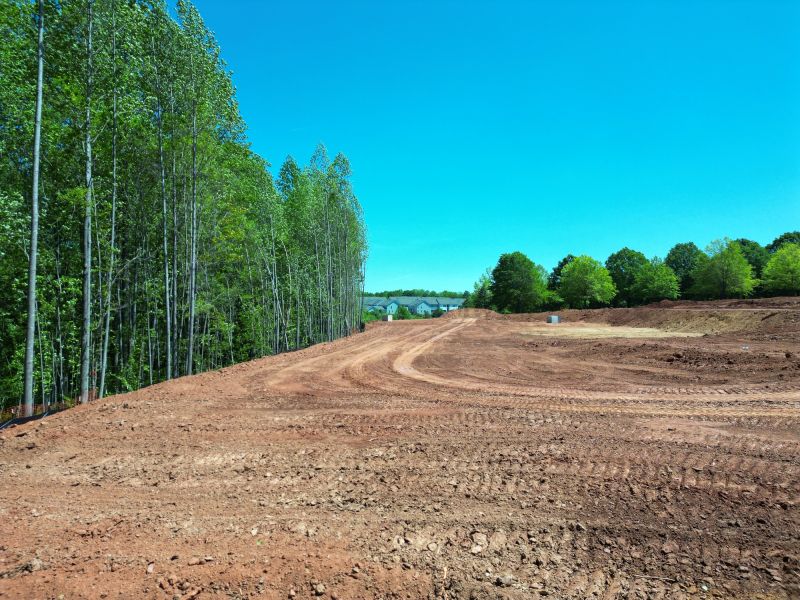
Soil conditions are ideal for grading during dry periods.
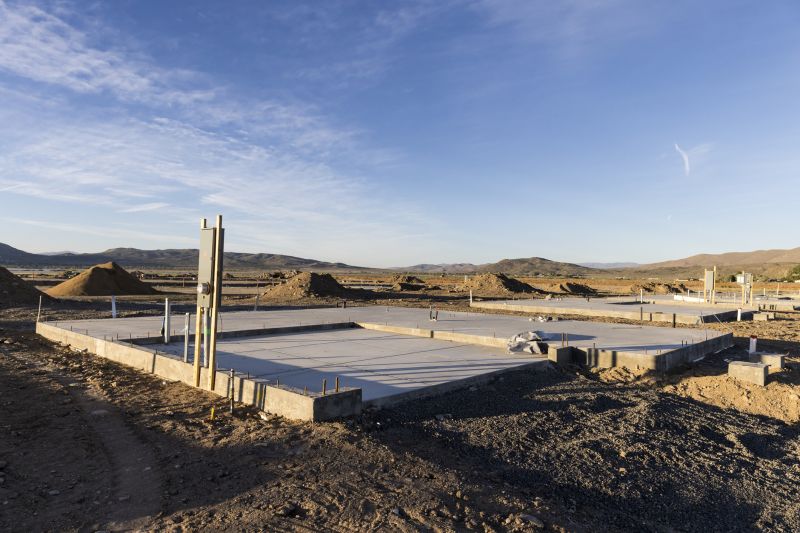
Timing grading before construction begins ensures a stable foundation.
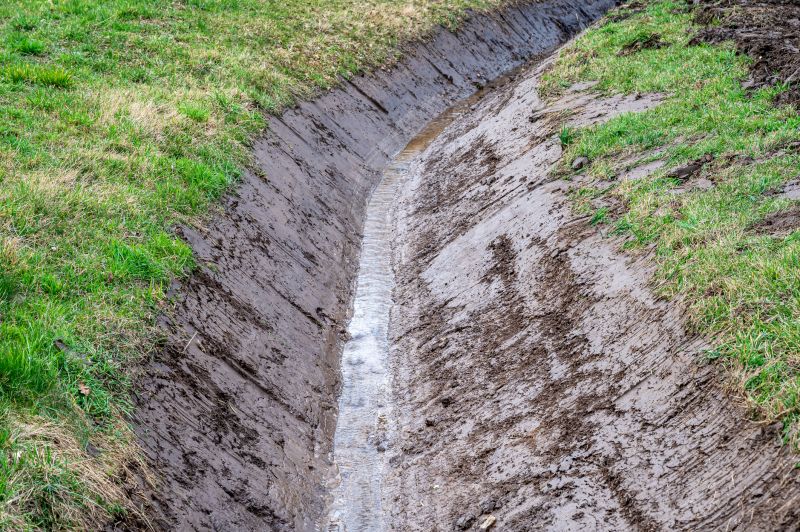
Avoid grading immediately after heavy rain to prevent soil erosion.
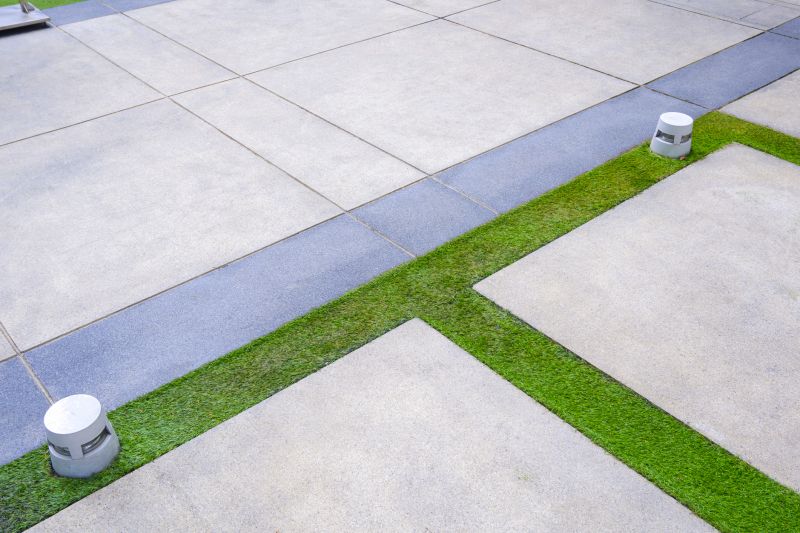
Ways to make Gradings work in tight or awkward layouts.
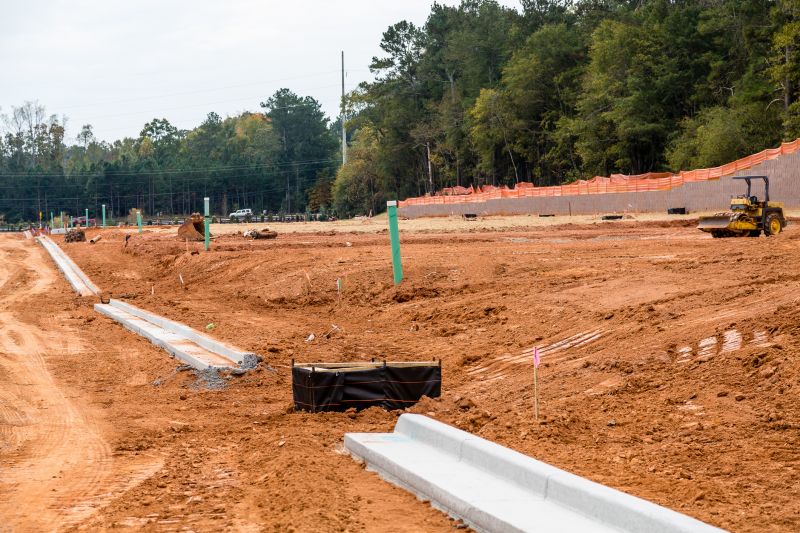
Popular materials for Gradings and why they hold up over time.

Simple add-ons that improve Gradings without blowing the budget.
| Factor | Optimal Timing |
|---|---|
| Season | Dry seasons are preferred for stable soil conditions. |
| Weather | Avoid during or after heavy rainfall. |
| Project Phase | Before major construction or landscaping. |
| Soil Moisture | Optimal moisture levels improve grading accuracy. |
| Regulatory Compliance | Timing may be dictated by local guidelines. |
| Soil Stability | Ensure soil is stable and not prone to erosion. |
| Vegetation | Perform before planting or after clearing vegetation. |
Gradings are critical for preparing land for construction, landscaping, or agricultural purposes. Proper timing ensures soil stability, reduces the risk of erosion, and enhances the effectiveness of subsequent work. Soil conditions, weather patterns, and project timelines all influence the ideal period for grading activities.
Statistics show that scheduling gradings during dry months can increase project efficiency by reducing delays caused by soil instability. Additionally, performing grading during optimal moisture levels improves soil compaction and stability, leading to better long-term results.
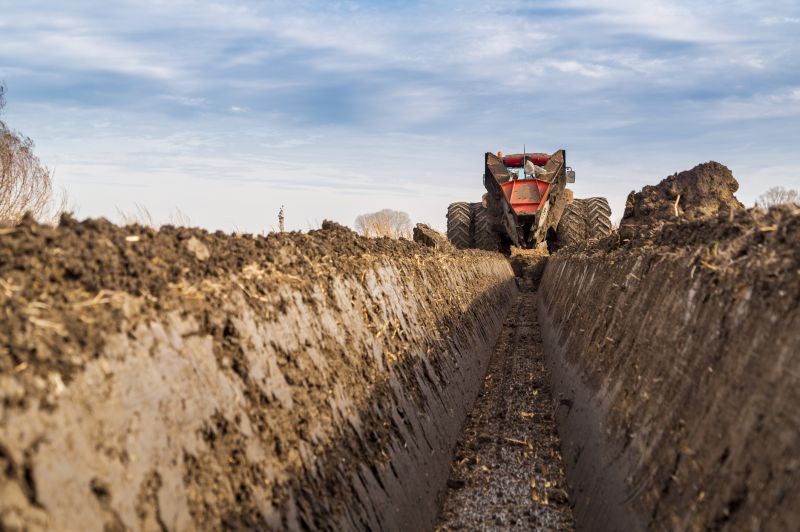
Proper timing enhances land readiness for construction.
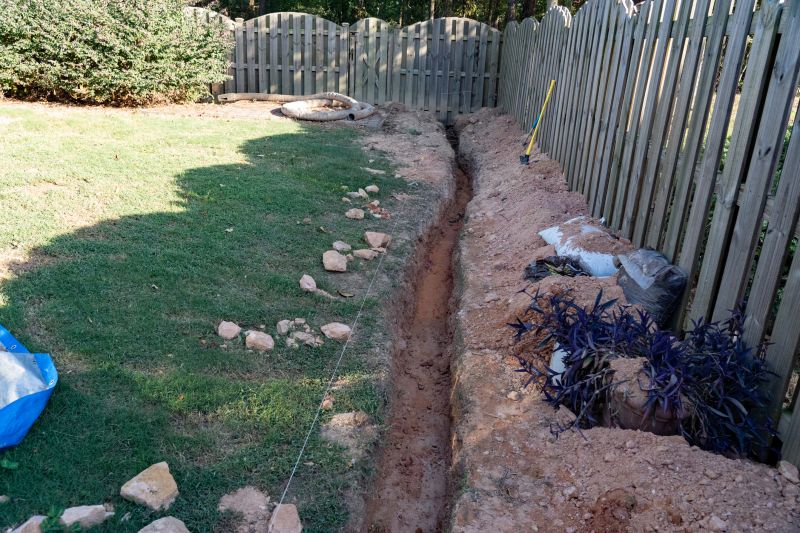
Conduct soil tests to determine the best timing for grading.

Timing grading to minimize environmental disruption.
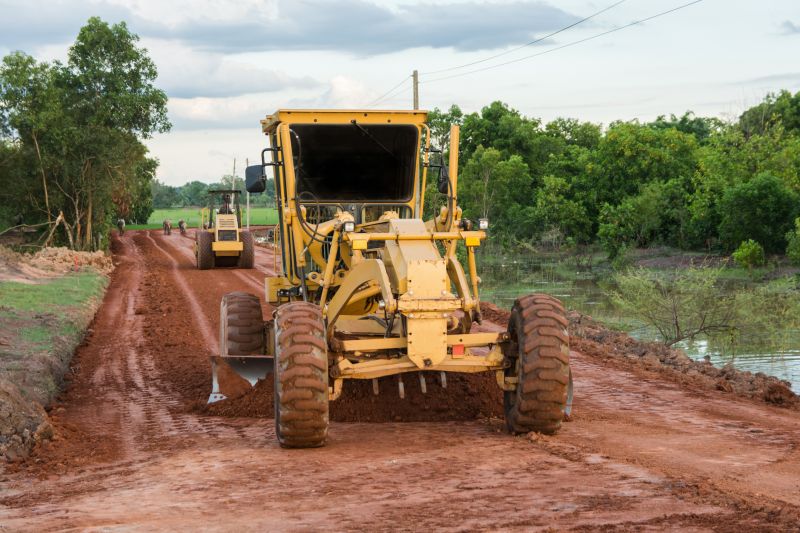
Optimal timing allows for efficient use of grading equipment.

High-end options that actually feel worth it for Gradings.

Finishes and colors that play nicely with Gradings.

Little measurements that prevent headaches on Gradings day.

A 60-second routine that keeps Gradings looking new.
For those interested in scheduling a grading, it is recommended to consult with local professionals who can assess soil conditions and weather forecasts. Proper planning ensures that grading activities are performed at the most advantageous times, leading to successful project outcomes.
To explore grading options or to schedule an assessment, fill out the contact form. Professional guidance can help determine the best timing for specific land or project requirements.
